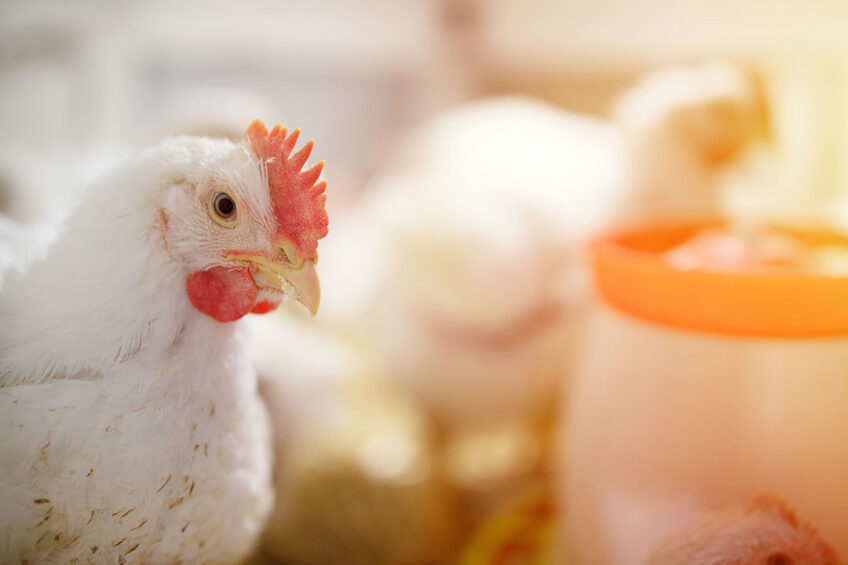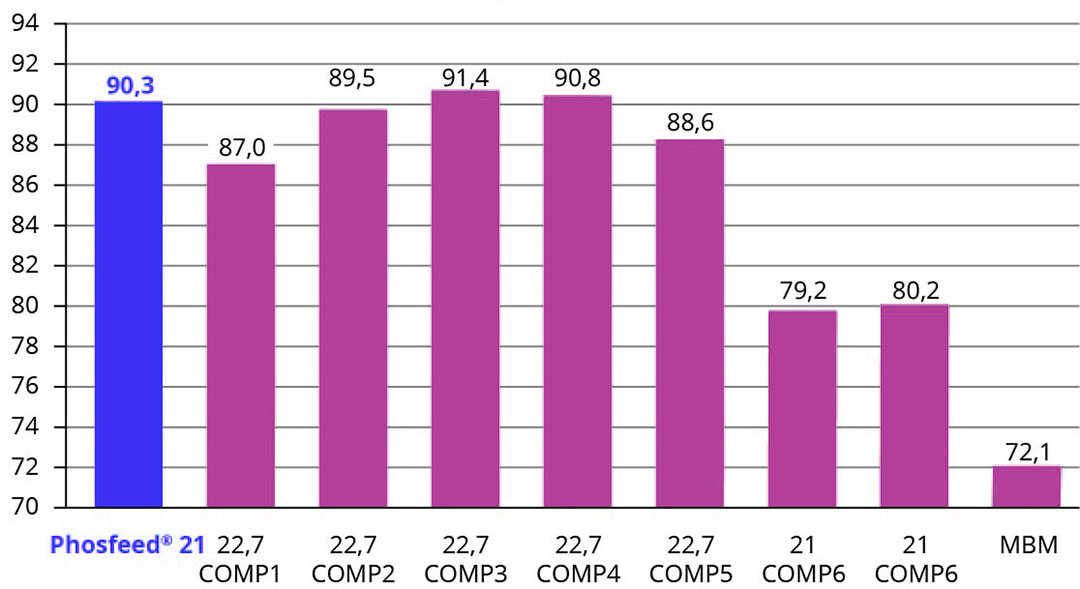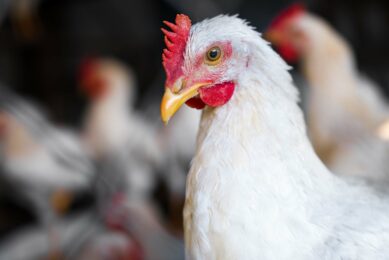Sustainability and digestibility of a feed phosphate

In this Q&A, Mouhcine Bhija, agronomist and animal nutrition expert, describes the challenge of digestibility: how to choose the right feed phosphate for well-balanced & sustainable breeding.
Why is digestibility important for feed manufacturers and compound feed formulators?
Phosphorus is a key component in animal feed and is involved in many biological processes such as bone and egg formation, energy metabolism, and cell structure. A low phosphorus diet has serious consequences on zootechnical performance while a phosphorus intake higher than the nutritional requirements leads to excess phosphorus discharges in animal waste, contributing to environmental pollution.
Hence the importance of evaluating the bio-digestibility of mineral and organic sources of phosphorus (Figure 1), to control the fraction of phosphorus really absorbed by the animal in the intestine to best meet the animal’s nutritional needs and at the same time reduce phosphorus excretion in its faeces, and therefore contribute to more sustainable breeding.
Figure 1 – Pre-caecal phosphorous absorbability (%) of the different P-sources.

How has Phosfeed 21 digestibility been measured?
The methodology chosen was the in vivo tests, even though this method requires considerable technical expertise, human and financial resources; it was the most comprehensive protocol to prove the high digestibility of Phosfeed 21. This method measures the digestibility (absorption) of phosphorus by combining radioactive markers to measure endogenous phosphorus levels, allowing the determination of the real digestibility values of dietary phosphate.
The modus operandi consisted of comparing the levels of bio-digestibility of phosphorus from several mineral and organic sources through trials on broilers that are homogeneous in terms of species, breed or strain, and age. This, under normal feeding and breeding conditions (temperature, prophylaxis…), according to a reliable and appropriate experimental and statistical protocol.
What did the digestibility study by Wageningen reveal?
The study protocol was largely in line with the World’s Poultry Science Association (WPSA) protocol for the determination of P availability in poultry, based on pre-caecal absorbability. The experiment conducted at the research facility of Wageningen Bioveterinary Research, evaluated the precalculus absorbability of phosphorus (P) and calcium (Ca) in broilers from nine mineral sources of phosphorus and one organic source (pork meal). In this study, five monocalcium phosphates (Ca (H2PO4) 2-H2O), three mono dicalcium phosphates (CaHPO4.Ca (H2PO4) 2-H2O) and a meat bone meal (Meat and bone meal) of porcine origin, were evaluated. All phosphate sources tested are commercially available products. The study revealed a record digestibility rate of 90.3% for the Moroccan mono dicalcium phosphate Phosfeed 21. This rate is higher than the other sources of mono dicalcium phosphates MDCP/Europe (79.2%) and MDCP/America (80.2%) with a statistically significant difference. 90.3% the highest rate ever measured for a mono dicalcium phosphate and comparable to that of the monocalcium phosphates MCP 22.7.







